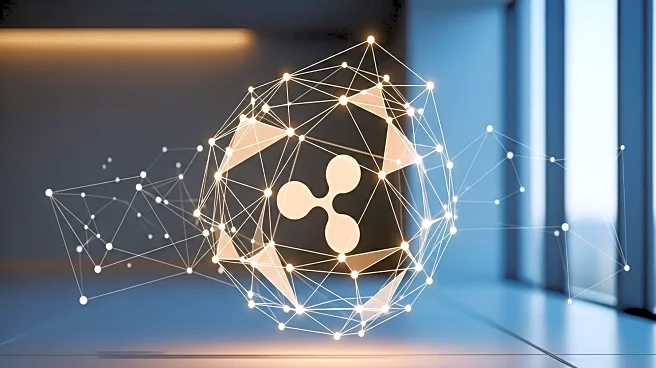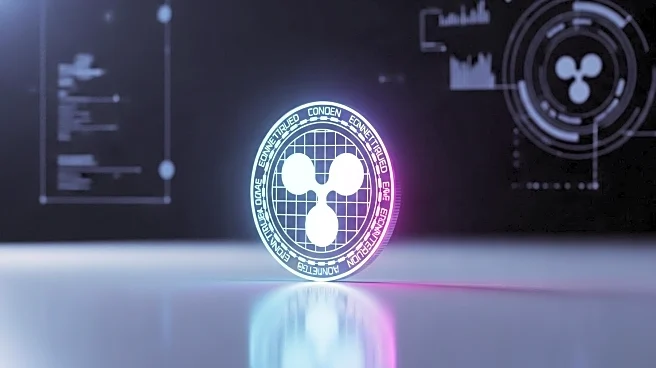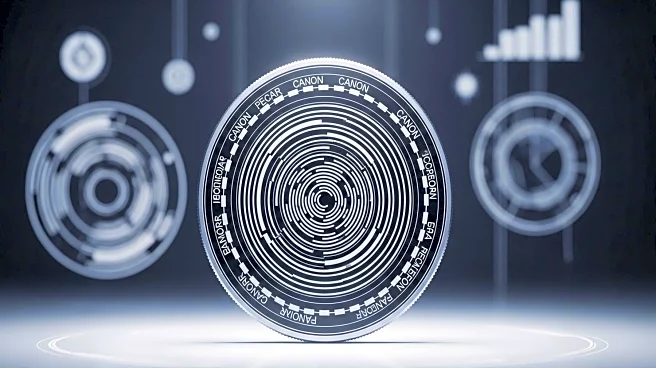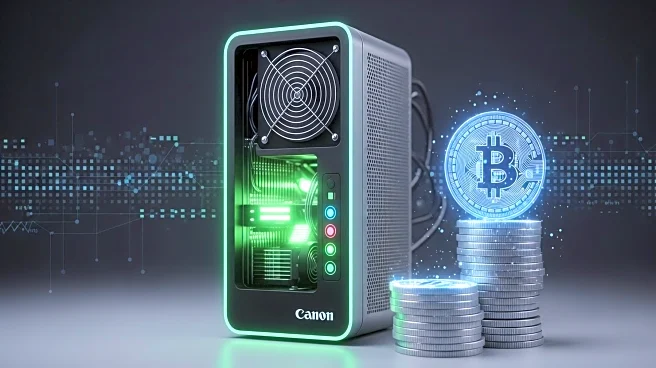What's Happening?
Ripple has moved 250 million XRP between internal wallets, sparking discussions about the token's long-term value and strategic priorities. This transfer is part of Ripple's broader treasury strategy, which includes a controlled release of XRP through its escrow program. Approximately 38 billion XRP are held in escrow, with 3-4 billion released annually to stabilize supply. Recent corporate acquisitions of XRP by companies like VivoPower and Thumzup Media indicate a shift towards treating XRP as a strategic reserve asset.
Why It's Important?
Ripple's strategic management of XRP supply and its recent transfers underscore the token's evolving role in global finance. The resolution of Ripple's SEC lawsuit, which concluded without classifying XRP as a security, has provided regulatory clarity, boosting institutional interest. The potential approval of a spot XRP ETF could inject significant capital into the market, enhancing XRP's appeal as a reserve asset. These developments highlight the growing institutional adoption of XRP and its potential to bridge traditional finance with decentralized systems.
What's Next?
Ripple's focus on expanding XRP's utility in cross-border payments and tokenization could unlock new revenue streams and reduce reliance on transaction fees. The company's partnerships, such as with the Saudi Arabian Monetary Authority, demonstrate real-world applications of XRP, reinforcing its utility. However, XRP faces challenges from stablecoins and central bank digital currencies, which could impact its dominance in cross-border payments. Investors should monitor Ripple's operational transparency and the potential approval of XRP ETFs to gauge future market dynamics.











